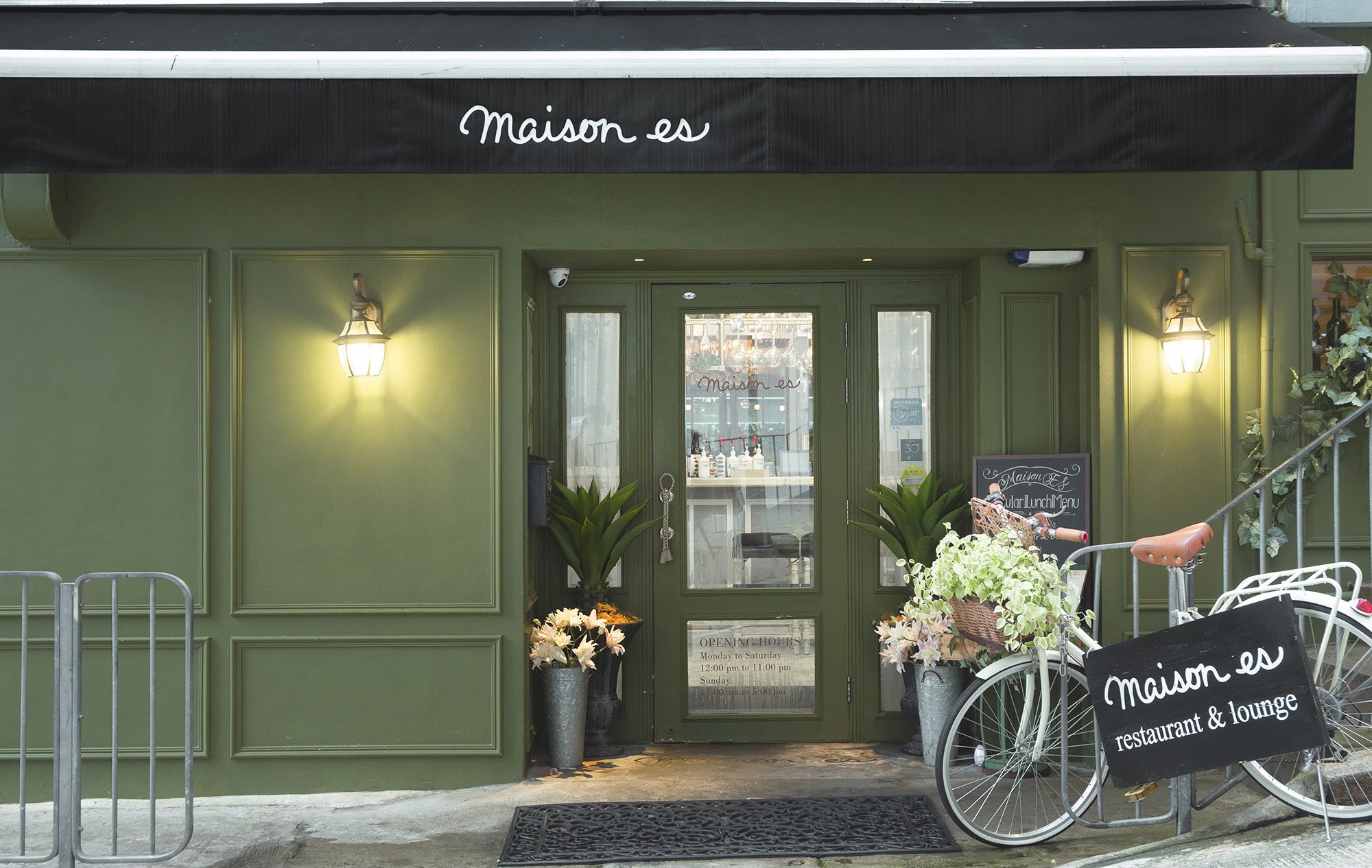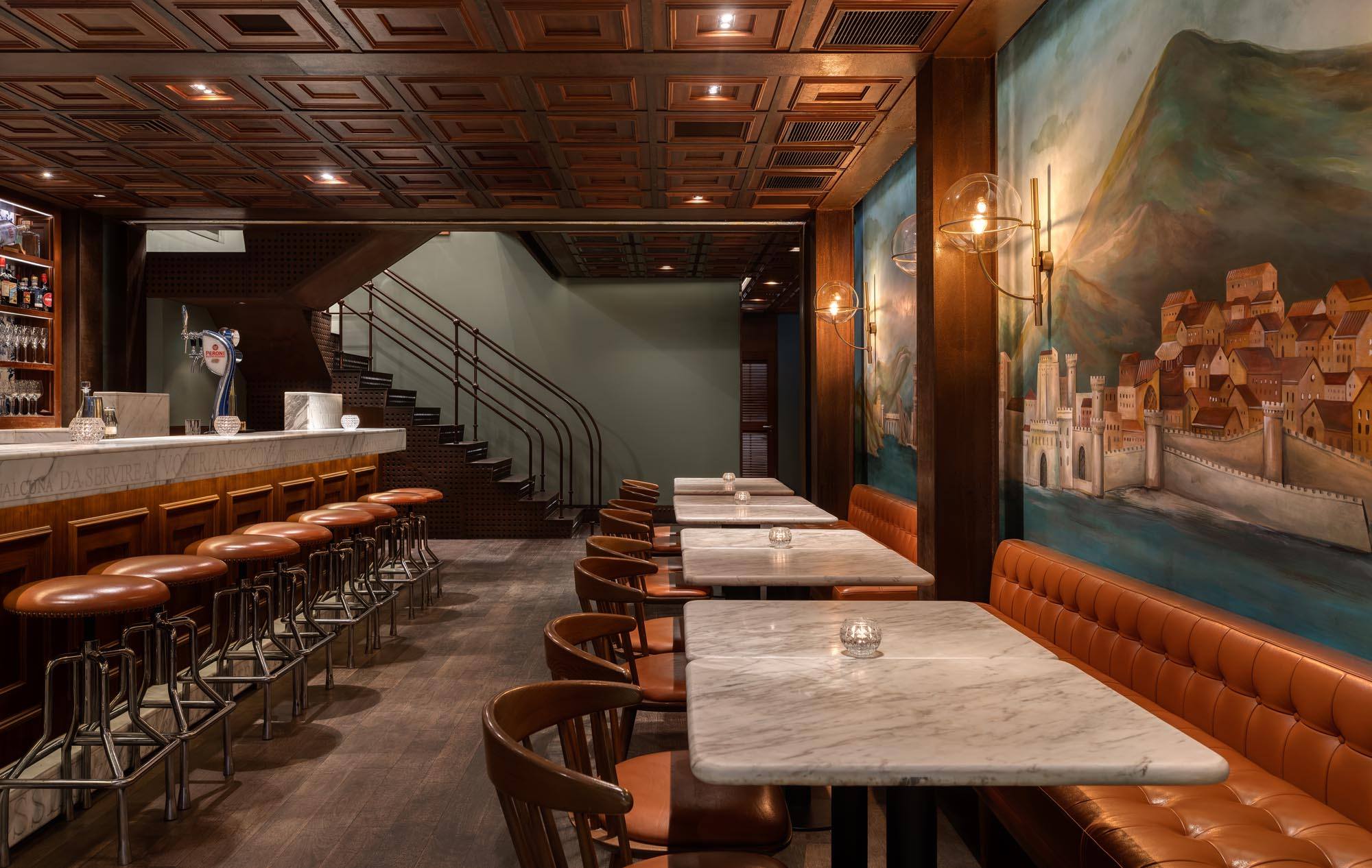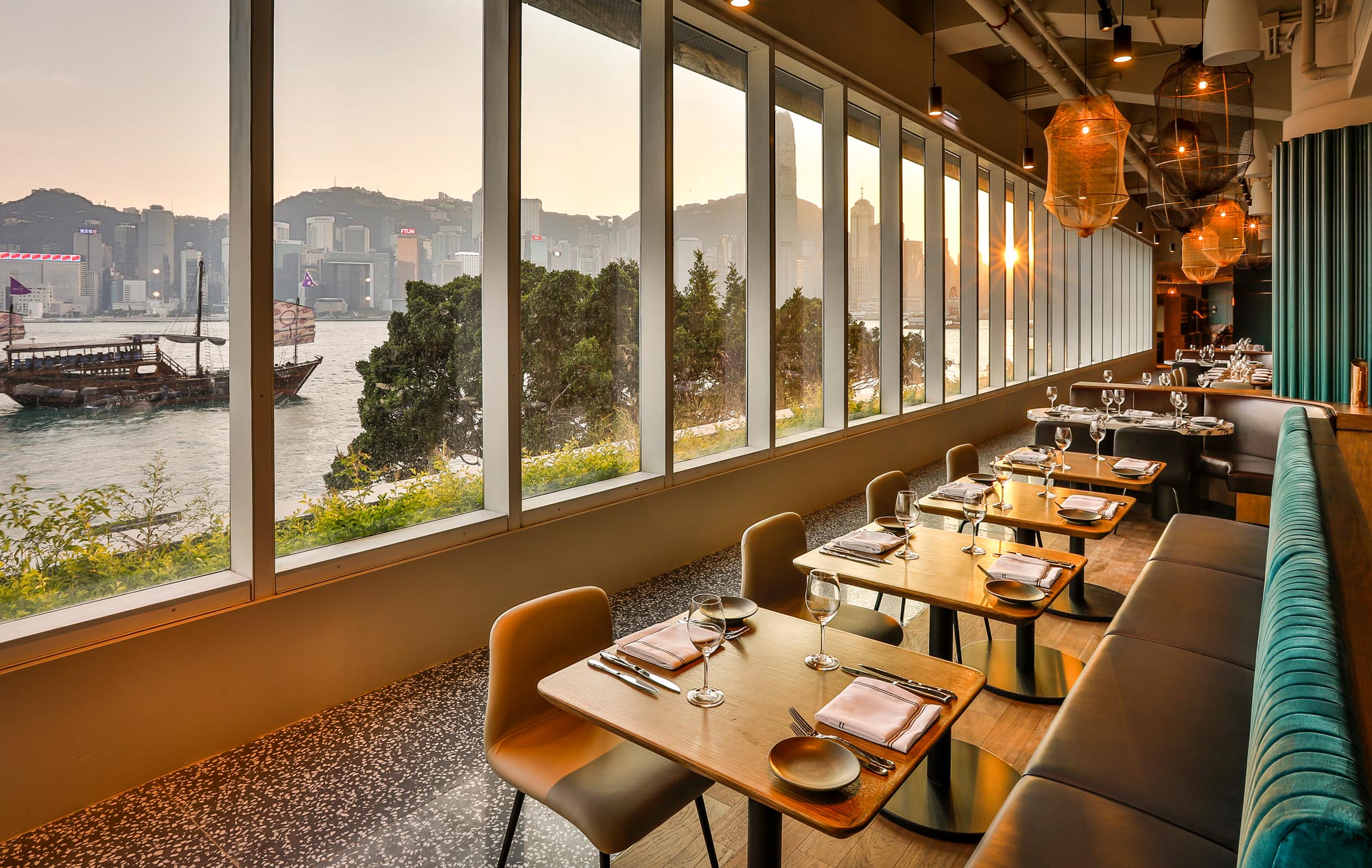It’s always been something of a mystery that Filipino food has escaped the global hype of its Southeast Asian counterparts. Thai, Vietnamese and Malaysian fare have all found global affection. Yet the cuisine of the Philippines – beyond its famous adobo stew and the infamous developing bird embryo balut – remains relatively unknown beyond its 100 million people and 7,107 islands.
That, however, is starting to change. Many are proclaiming 2017 as the year Filipino food finally gets the appreciation it deserves.
To find out why, I went to the source – an intensive tour in and around Manila, in search of both iconic traditional dishes and the avant-garde new wave of young chefs who are elevating humble Pinoy staples. Here’s how to experience the best of Filipino food in one day.
BREAKFAST: ASIONG’S CARINDERIA
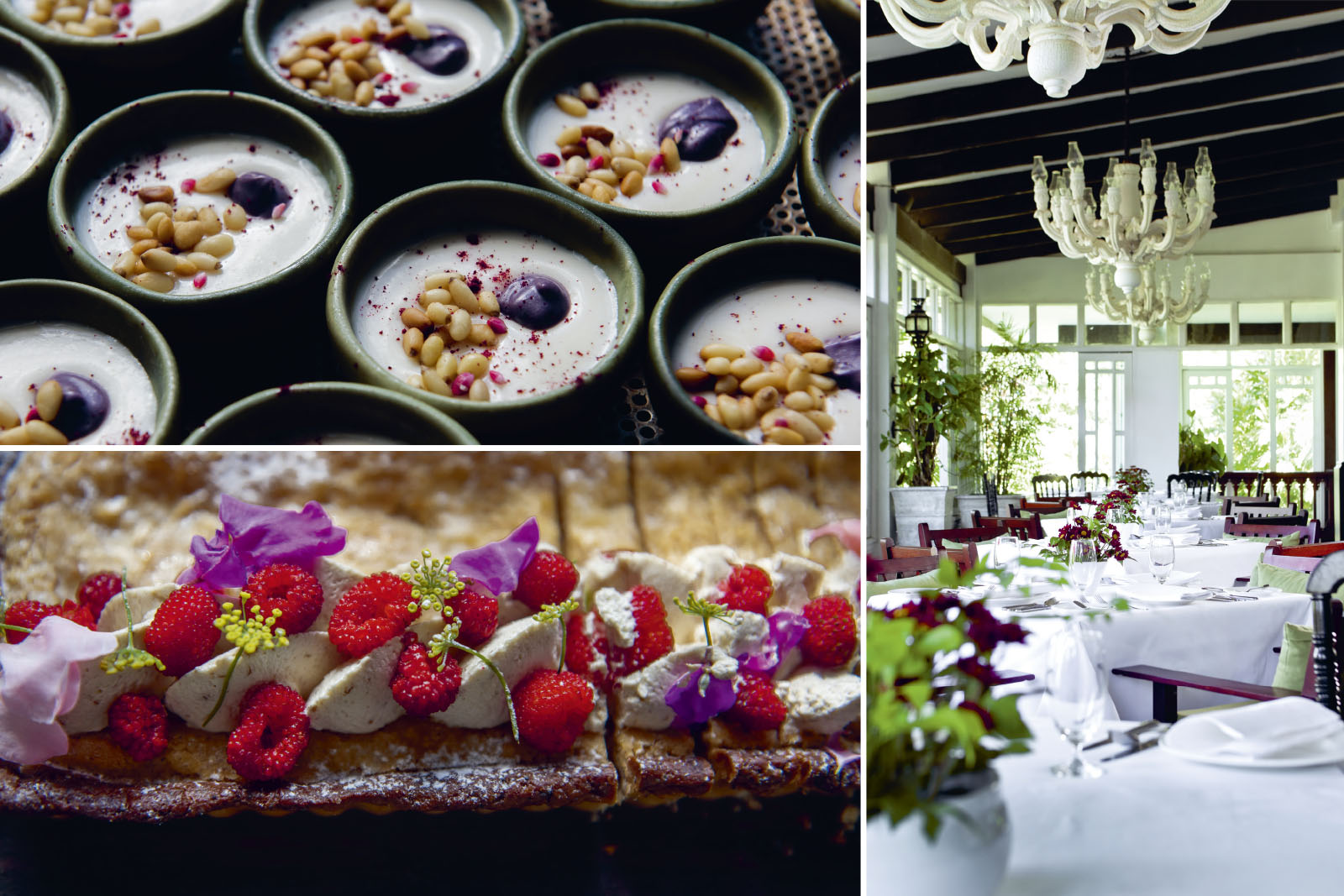
Few culinary traditions unite the Philippines like breakfast. For many it’s the most substantial and important meal of the day. About 90 minutes’ drive south of the capital, in the hilly, verdant surrounds of Cavite Province, is Asiong Carinderia, a humble roadside stop that has been serving customers for 57 years – particularly in the morning.
Asiong’s Carinderia serves up a bounty of local and regional dishes: pan de sal, a warm bread made with garlic, rosemary and basil, served with kesong puti, a soft white cheese; an omelette made with fermented mustard greens, smoked scad fish and delicious, garlicky longganisa sausage; and garlic fried rice, topped with achara, a pickle made from papaya. ‘The smell of garlic fried rice in the morning is our equivalent of bacon frying,’ says owner Sonny Lua.
But Asiong’s Carinderia’s most famous dish is the sensational pancit posit – squid ink noodles topped with crispy pork crackling and sour citrus. It’s a dish emblematic of the country’s culinary history. Lua explains that squid ink has been used as an ingredient in the Philippines since the 15th century, when it was traditionally cooked with vinegar. The first recorded use in Europe only came in the early 18th century, so it’s quite possible that squid ink pasta actually originated south of Manila, thousands of miles from Italy.
LUNCH: ANTONIO’S
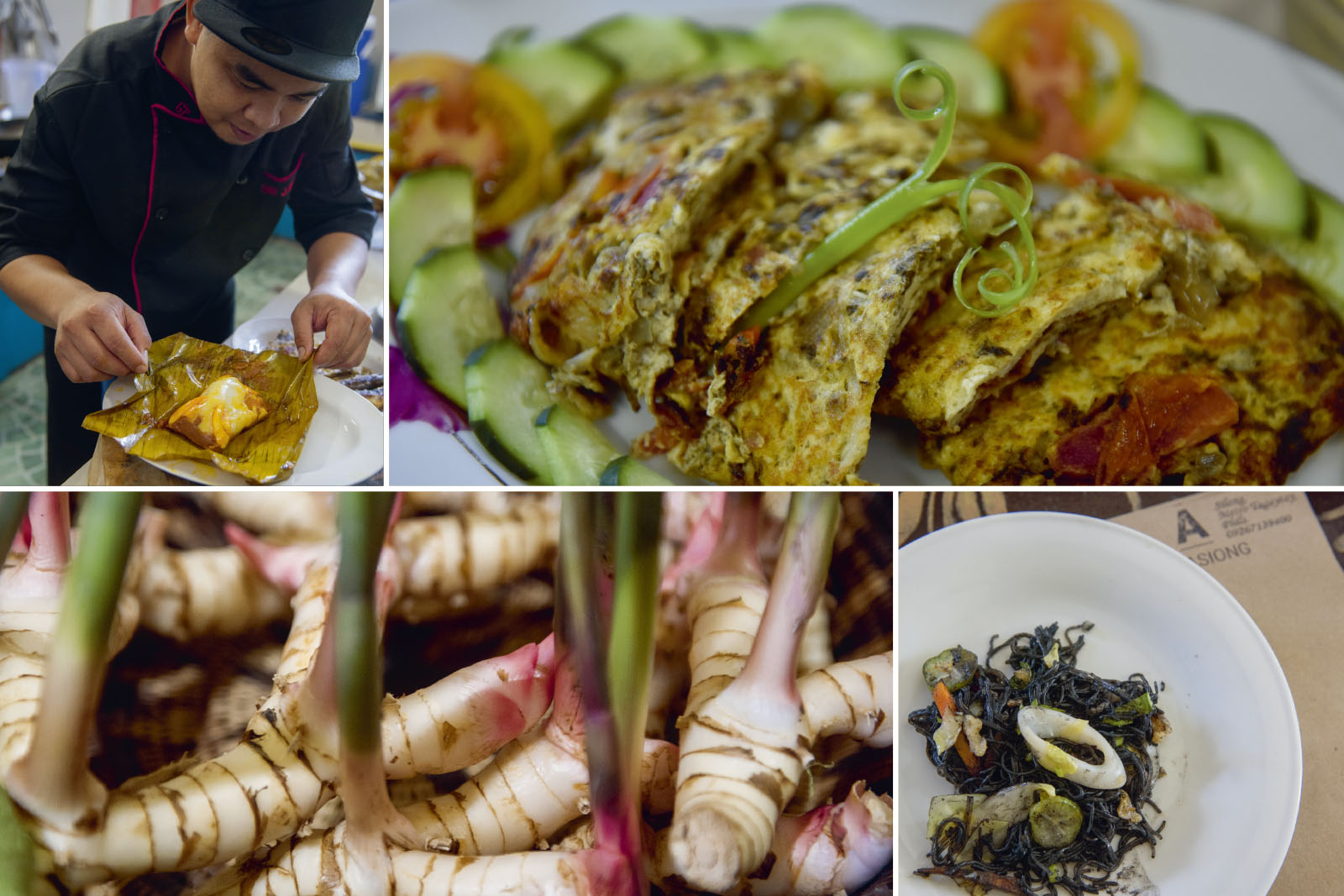
About 40 minutes’ drive from Asiong Carinderia is Antonio’s, one of only two restaurants in the Philippines to make it onto the hallowed Asia’s 50 Best Restaurants list. Tony ‘Boy’ Escalante is the owner of the famous spot, not far from the volcano that forms the majestic Taal Lake.
The white, colonial-style architectureis beautiful, while huge gardens show how Antonio’s embodies the farm-to-table concept – by starting out life as a farm. It once supplied Manila’s restaurants. Today its modern menu reflects a mix of European and Filipino influences, so foie gras on Riesling-poached pear is joined in the list of tarters by pork ear salpicao, a fried version of a vastly underrated ingredient that provides a unique balance of flavour and texture.
Blue crab from the Visayas, islands in the southern Philippines, are crafted into ravioli with a kaffir tomato coulis, but the mother of all dishes has to be the lechon de leche (roasted suckling pig) served with tamarind liver sauce and balsamic-infused pearl onions. Anthony Bourdain famously called lechon the best pig ever – and he has tried more than a few in his time.
DINNER: TOYO EATERY
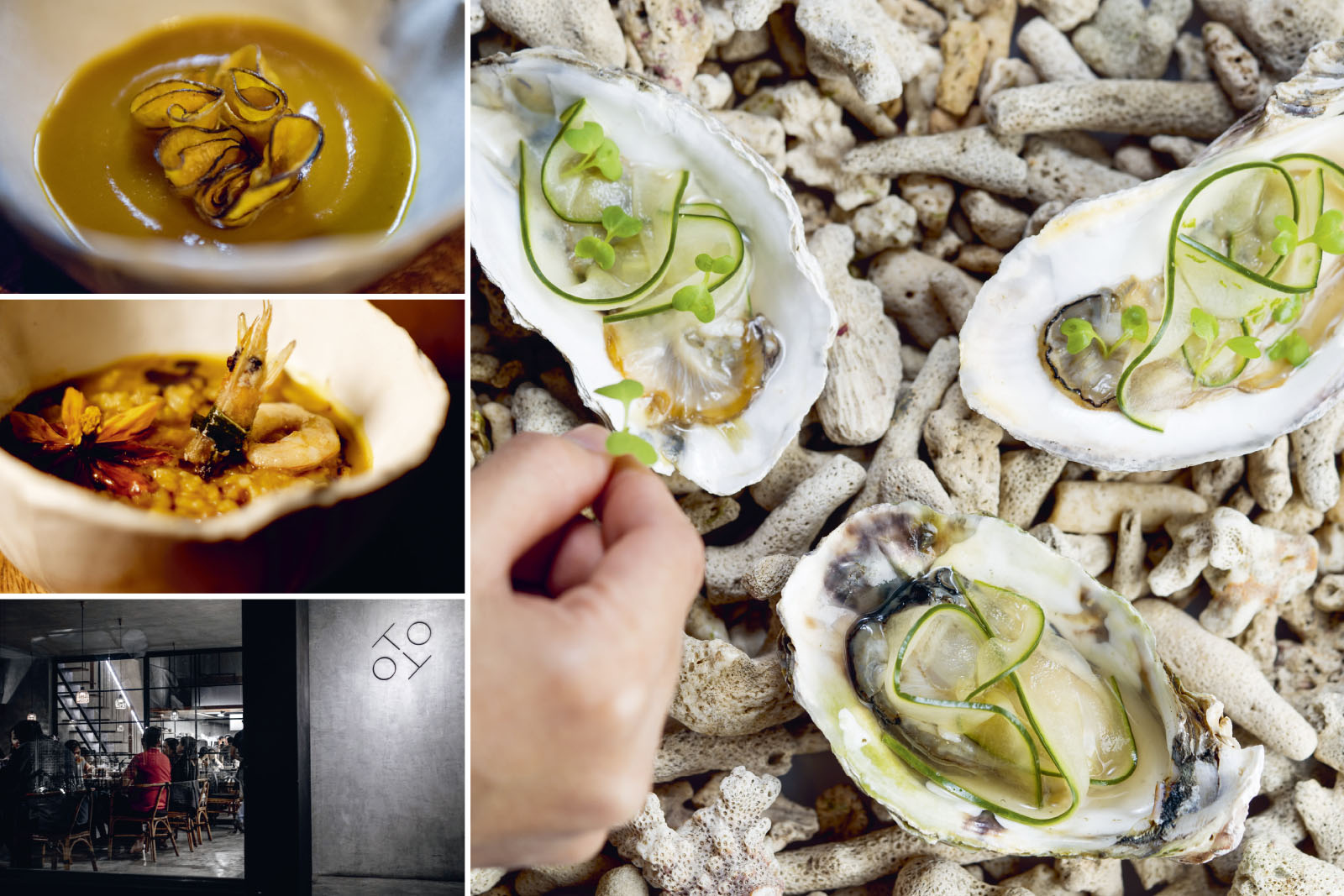
Manila’s dining scene is rapidly evolving and innovating with new restaurants reflecting the country’s newfound confidence and pride in its cuisine. In a cool converted series of warehouses, chef Jordy Navarra works magic with local ingredients as he riffs on classic Filipino dishes. Welcome to Toyo Eatery, the poster child for the capital’s booming culinary landscape.
Navarra had stints at Heston Blumenthal’s Fat Duck outside London and Alvin Leung’s Bo Innovation in Hong Kong, and at Toyo he brings together plenty of the innovation and meticulousness that he learnt while in these three-Michelin-star kitchens.
His take on kalabaza (roasted squash soup) – with fried sweet potatoes, fermented beans, cashew butter and uni – is technical, beautiful, unusual and delicious. He elevates the humble classic, shredded beef on rice, to new heights, with Australian Mayura wagyu, sticky rice chicharon pork crackling and dried tuna roe. And his chocolate truffle brings together dulce de leche caramel and fish sauce, and somehow makes it work.
But his real showstopper is Bahay Kubo, named after a classic Tagalog folk song that every child learns at school. What looks like a plant pot full of soil, complete with a seedling, is in fact a brilliant take on vegetable salad with no fewer than 19 ingredients mixed to simulate the look and texture of earth. It’s a memorable dish, multilayered and textural, a surprise in every spoon.
Leung, Navarra’s former boss, puts Jordy and the country’s cuisine in context. ‘Filipino cuisine could be the next Asian wave with new chefs like Jordy and others finding their voice and identity. He’s putting the country’s cuisine on the map, elevating it with very high standards and incorporating his own stories and culture into it,’ he says. ‘What he is doing now is very exciting, creating a presence and blazing a new trail with bold and varied flavours. That takes courage and understanding.’
Around the Philippines there are countless dynamic new restaurants like Toyo and countless old-school spots like Asiong’s Carinderia, not to mention places like Antonio’s which come somewhere between the two. With such a variety of dining options, increasing numbers of global travellers are finally set to recognise the country as the proud culinary destination that it always has been.





